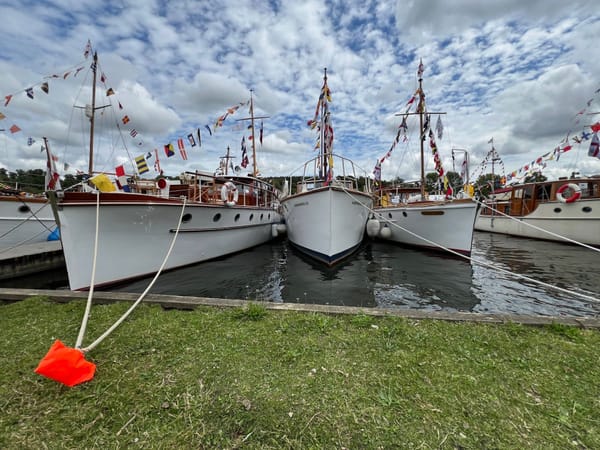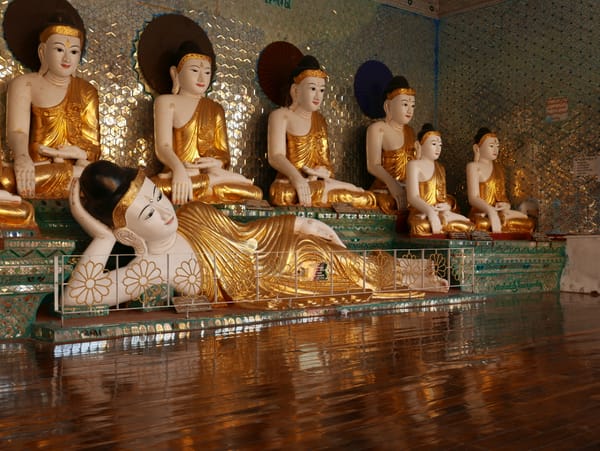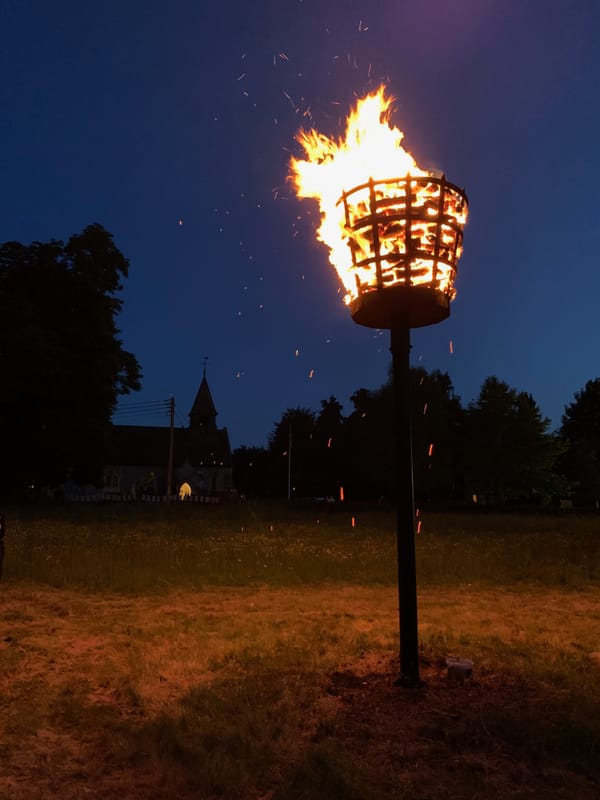Malaysia — Malacca — St Paul’s Church, Malacca, Malaysia
Exploring the history of Malacca
June 2015
Malacca is one of the few places I have been to in Malaysia, with clear evidence of colonial history. The town has the ruins of a colonial church and a fort.
The church, St Paul’s, is now in ruins. It started as a small Catholic chapel built by a Portuguese sea captain, Duato Coelho, in thanks for surviving numerous enemy attacks whilst sailing the South China Sea. The chapel was dedicated to the Virgin Mary and called 'Nossa Senhora’ (Our Lady of the Hill). The name makes sense as the chapel is on a hill that dominates the local landscape.
Father Francis Xavier (a notable Spanish Roman Catholic missionary that visited the area — later Saint Francis Xavier) stayed at the chapel when he visited the region between 1545 and 1553. When he died on the island of Sancian (also called Shangchuan Island), his body was transported back to the chapel, where it stayed for nine months before being moved to Goa in India.
In 1548, the chapel was taken over by the Society of Jesus (Jesuits), and an additional storey was added to the building in 1556. The chapel was then renamed the Church of Annunciation.
When the Dutch overran Malacca in 1641, the church was renamed St Paul's Church and became Protestant. The church fell into disuse when Christ Church was built in the town in 1753.
The history of the church is linked with the colonial powers occupying the regions (Portuguese Empire 1511; Dutch Empire 1641; British Empire 1824; Straits Settlements 1826; Crown Colony 1867; Japanese occupation 15 January 1942; Malayan Union 1 April 1946; Federation of Malaya 31 January 1948; Malaysia 16 September 1963). It was used as an ammunition depot for British strikes against Java during British rule. The British also constructed a large flagpole to fly the Union Flag and changed the hill’s name to Flag Hill. The name did not stick, and eventually, the flagpole was taken down. The church was then allowed to fall into disrepair.
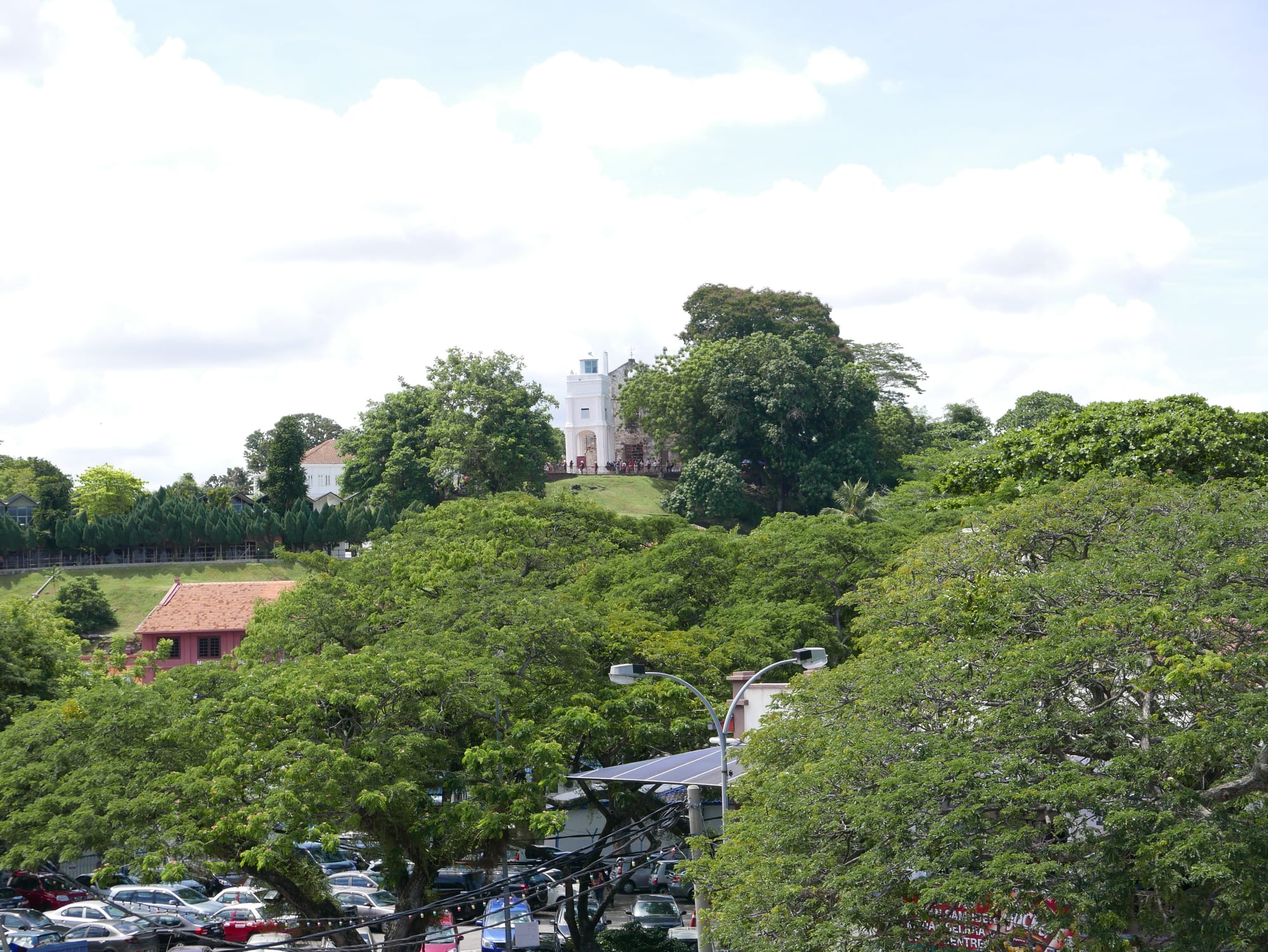
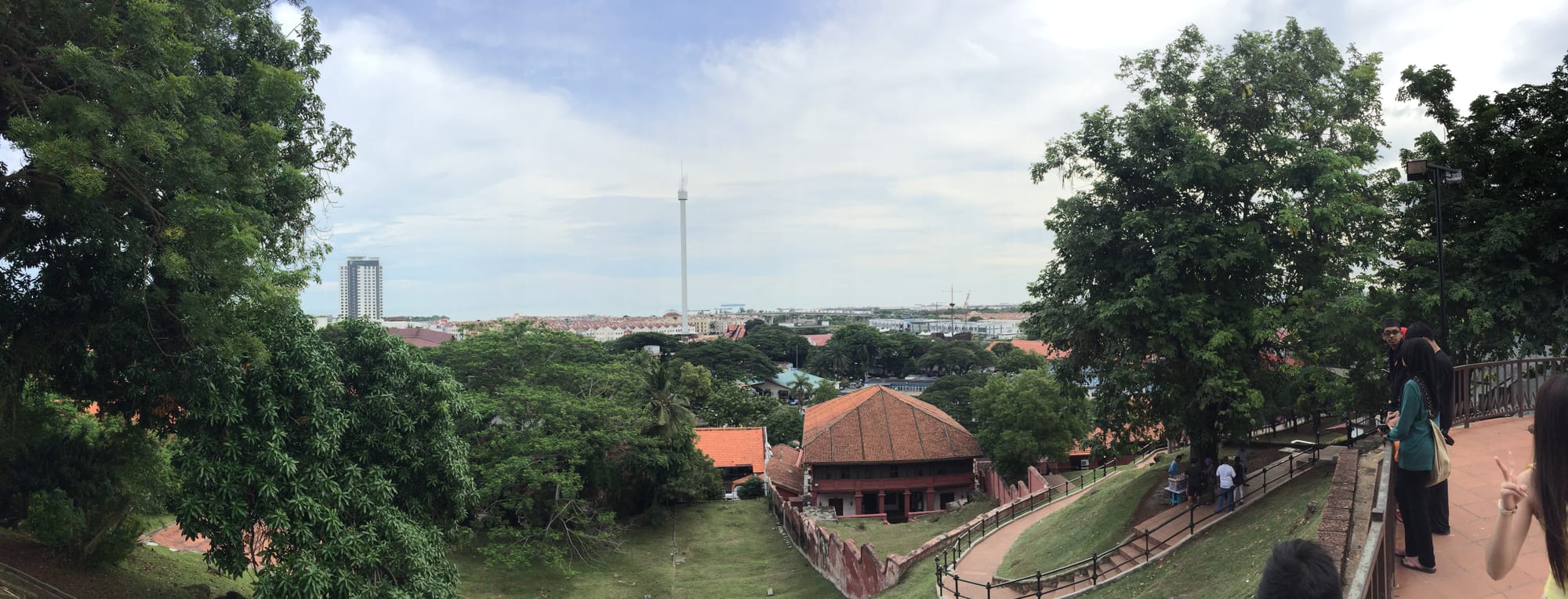
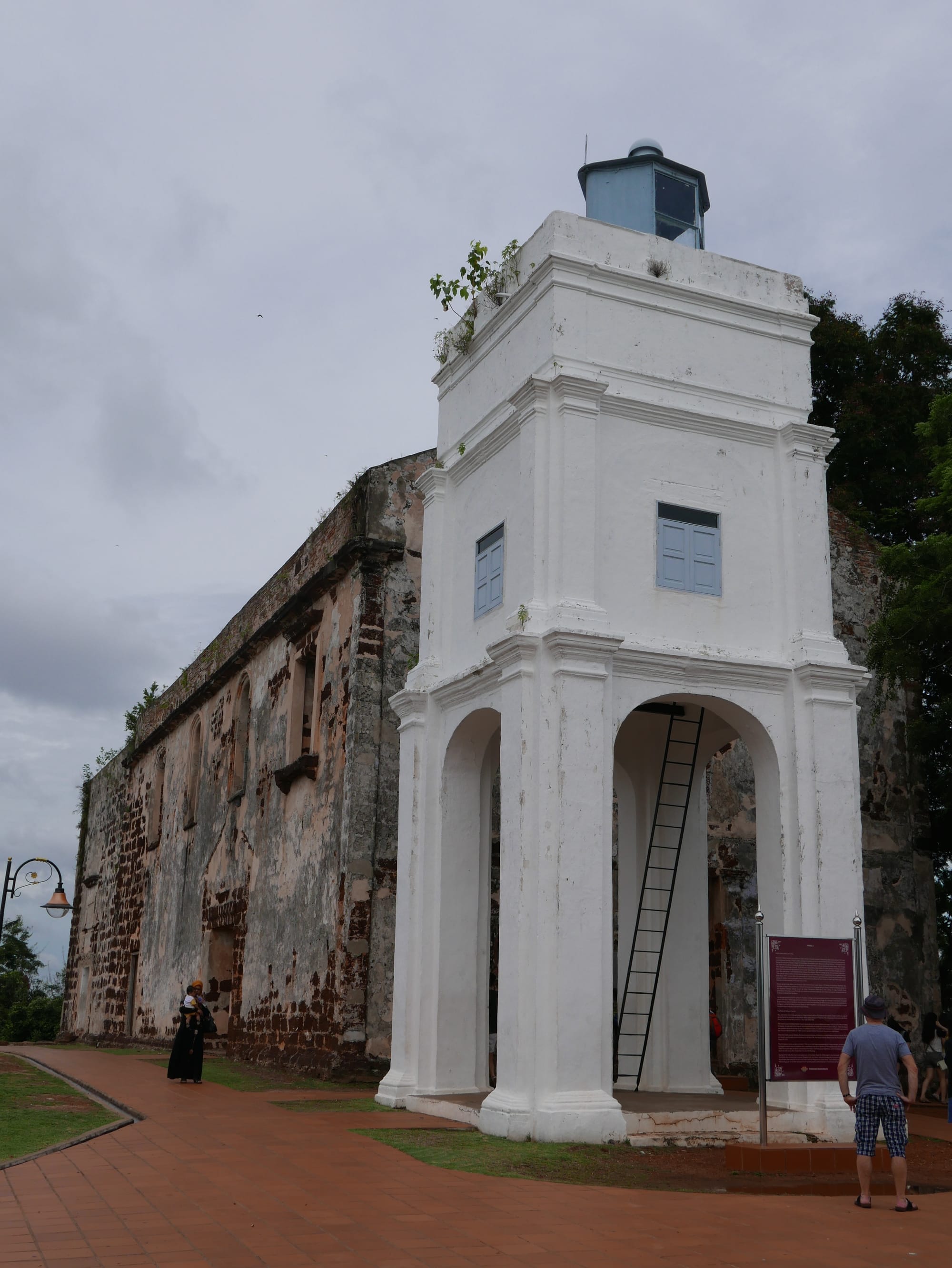
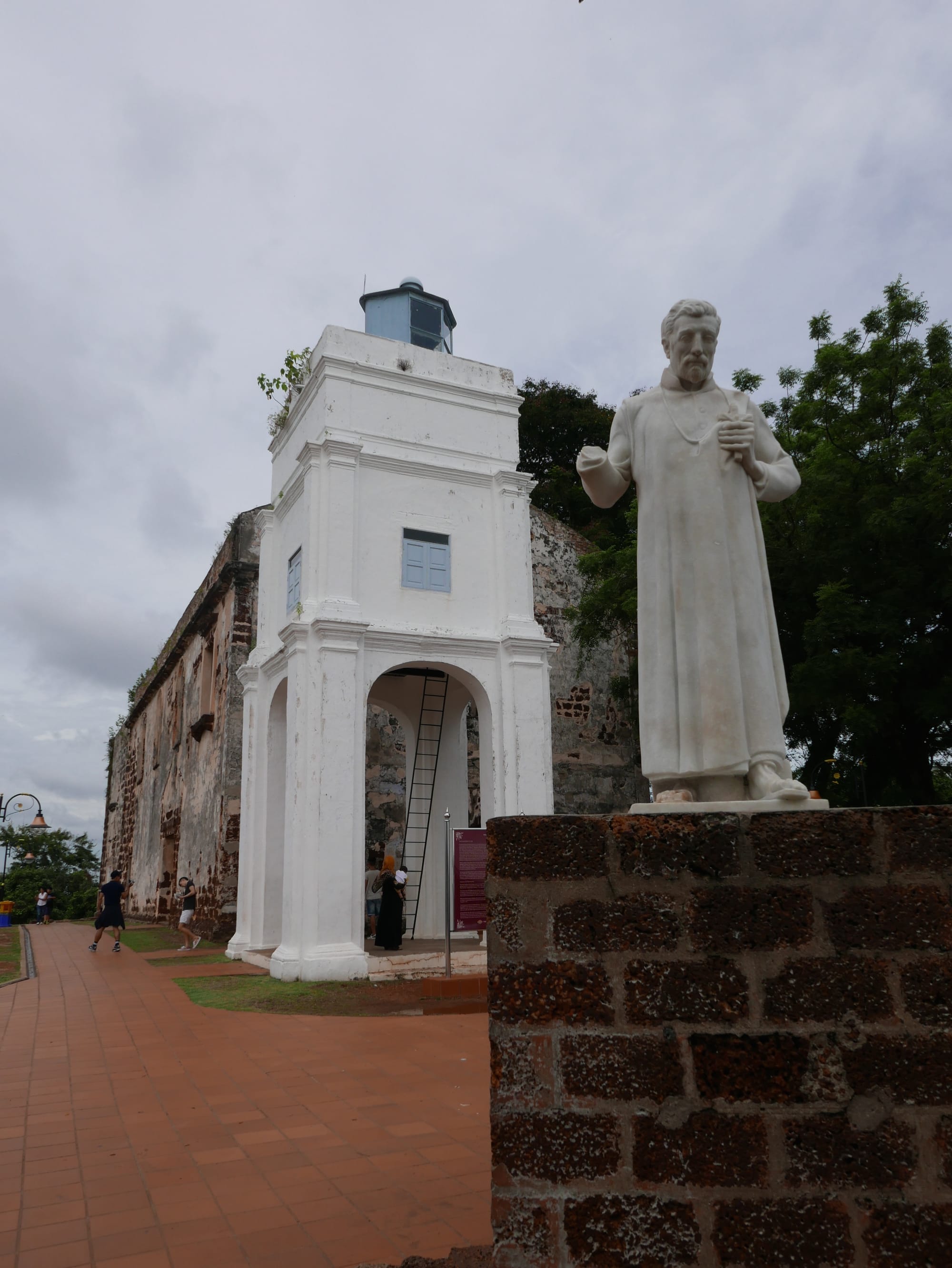
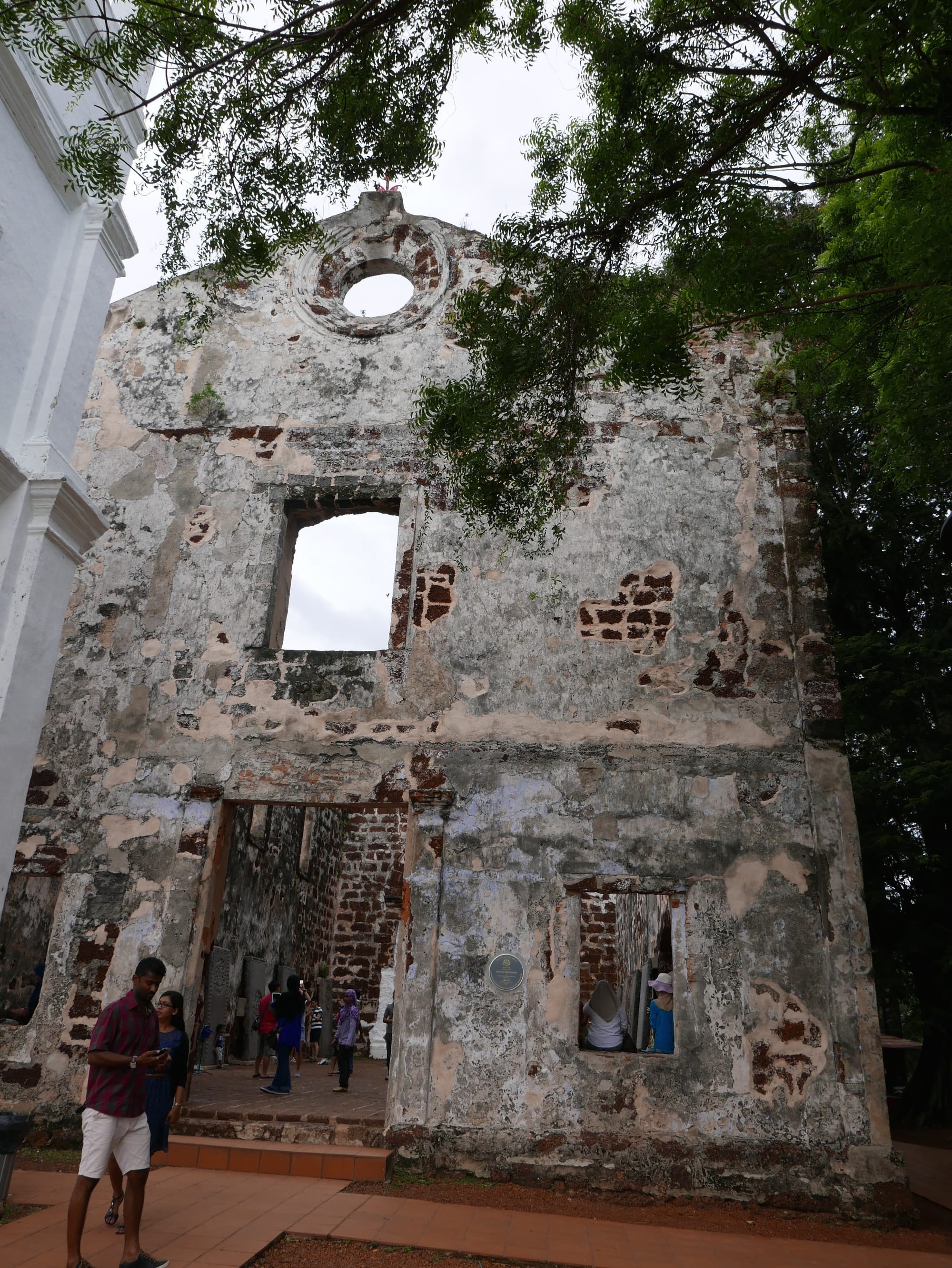
The church also served as a mausoleum for Dutch and Portuguese dignitaries. Commemorative plaques on the walls were originally on the church floor. What is truly incredible about these plaques is their age and state of preservation when considering what the church has been through.
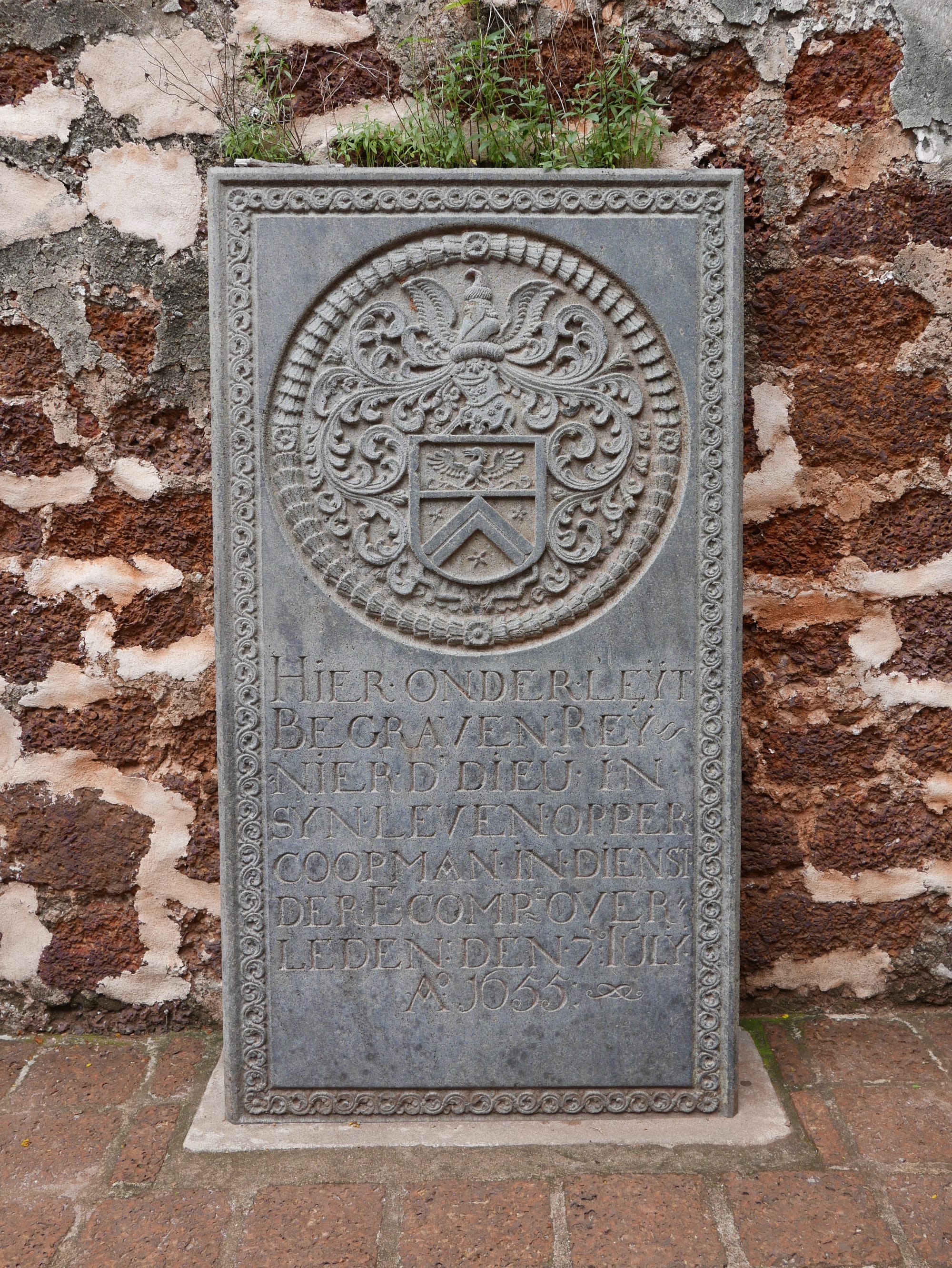
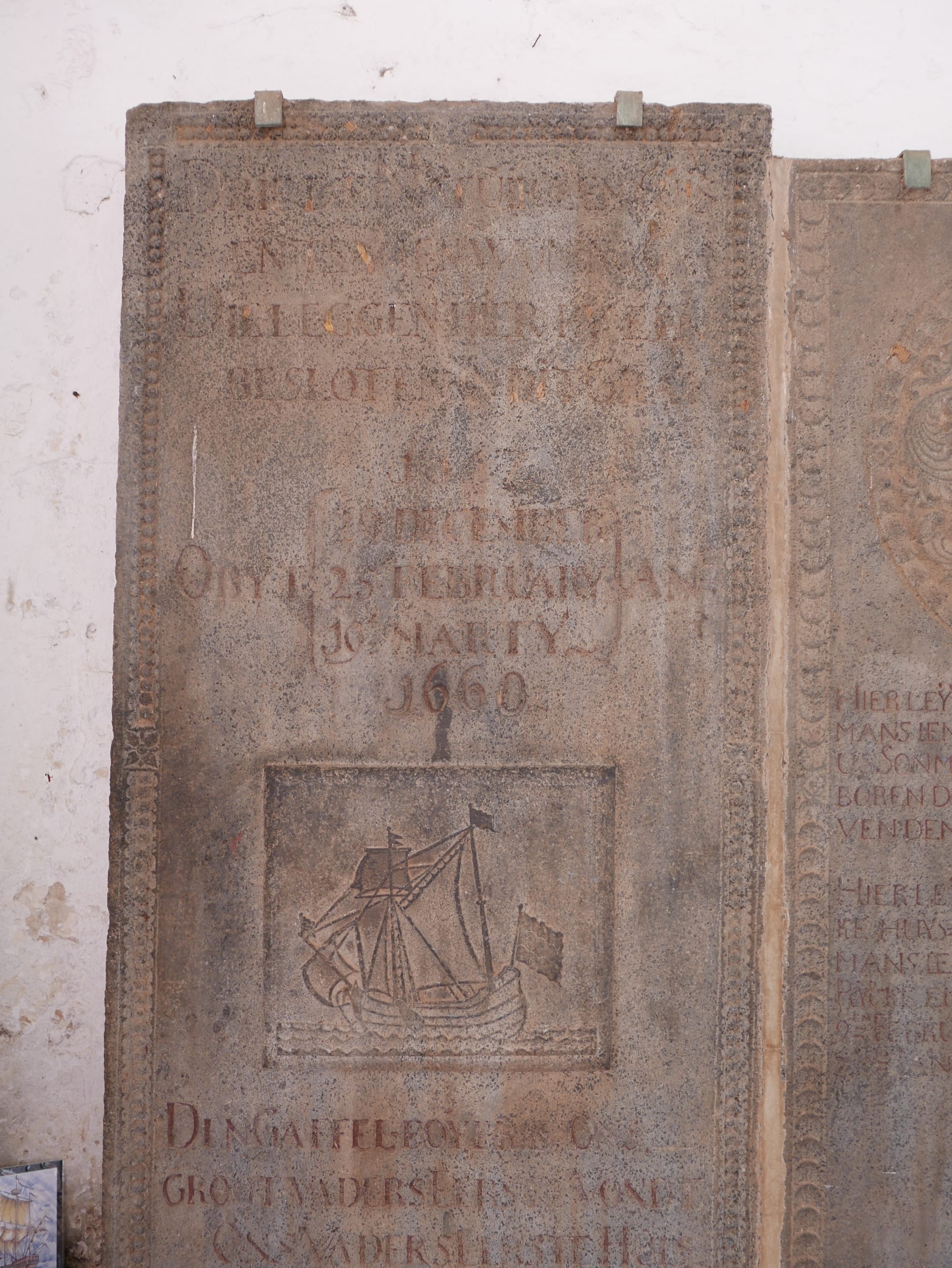
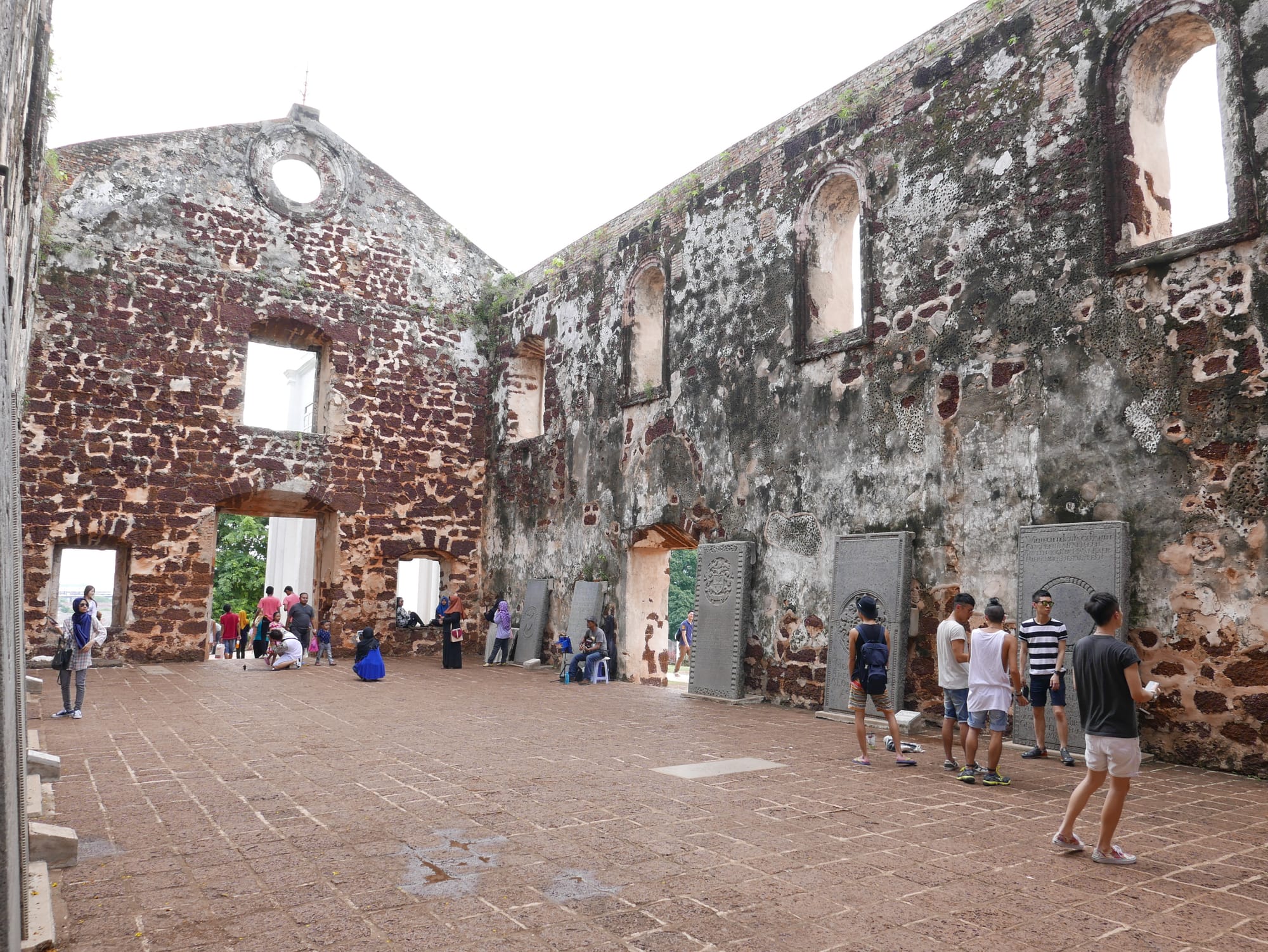
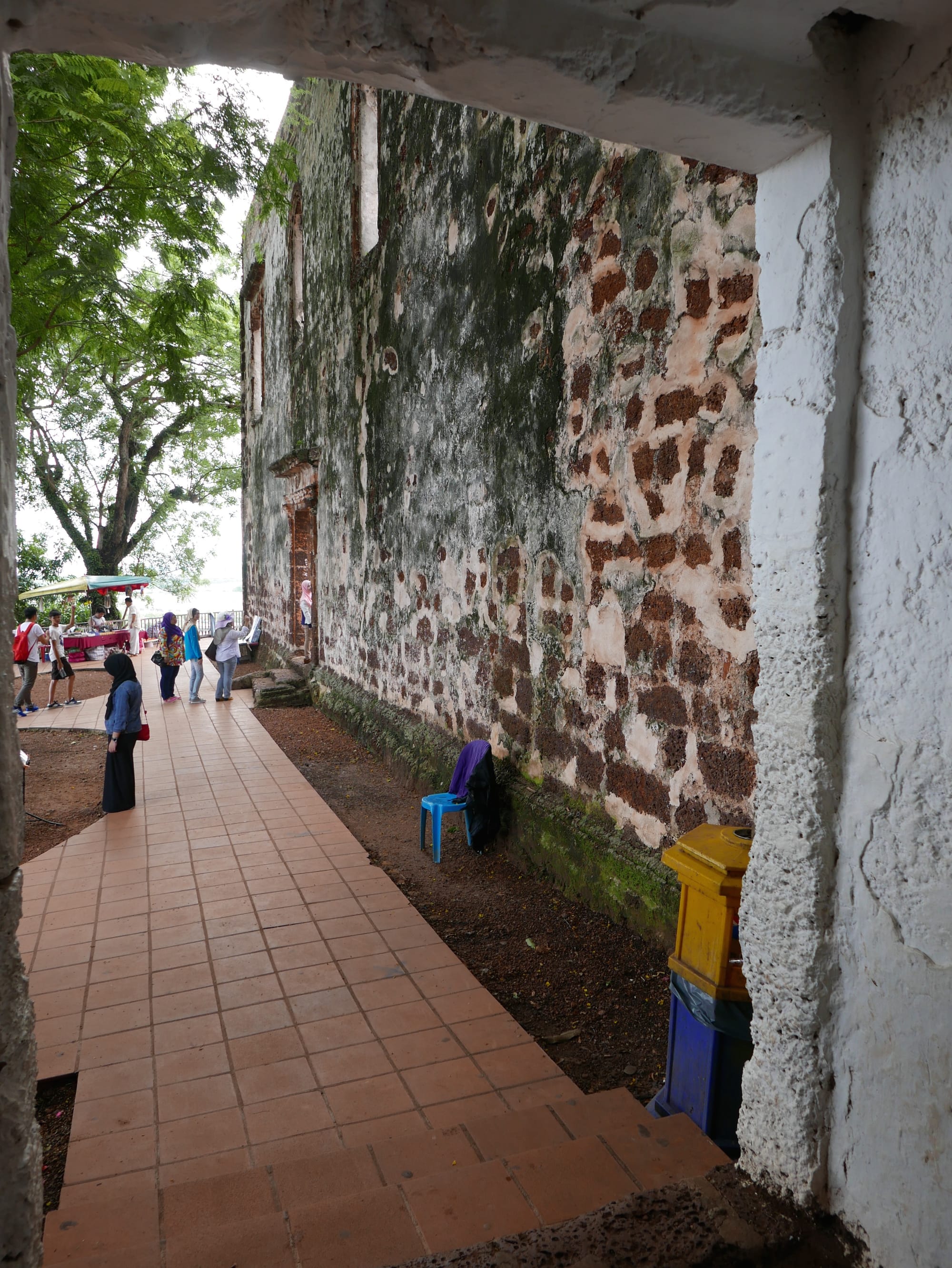
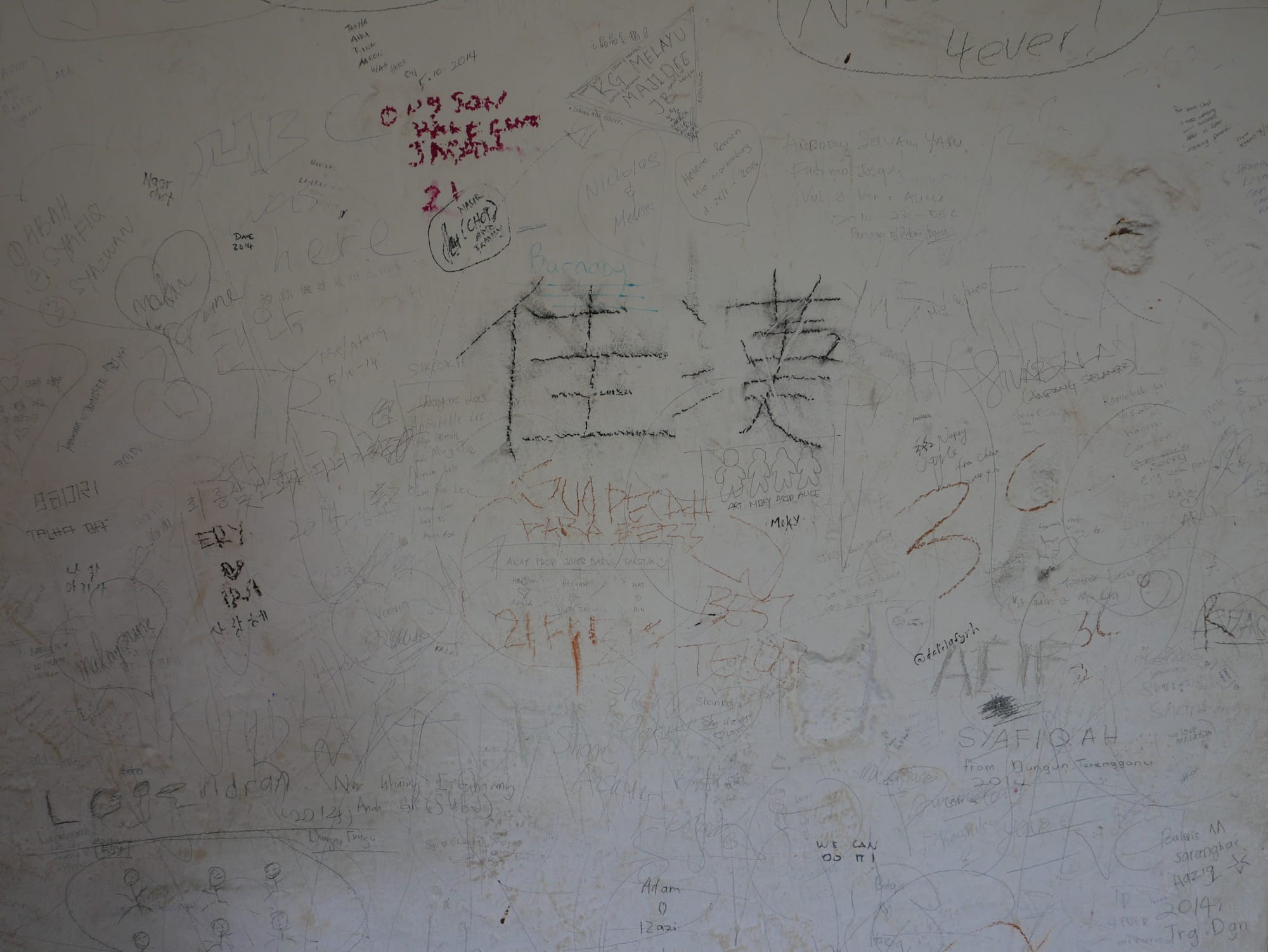
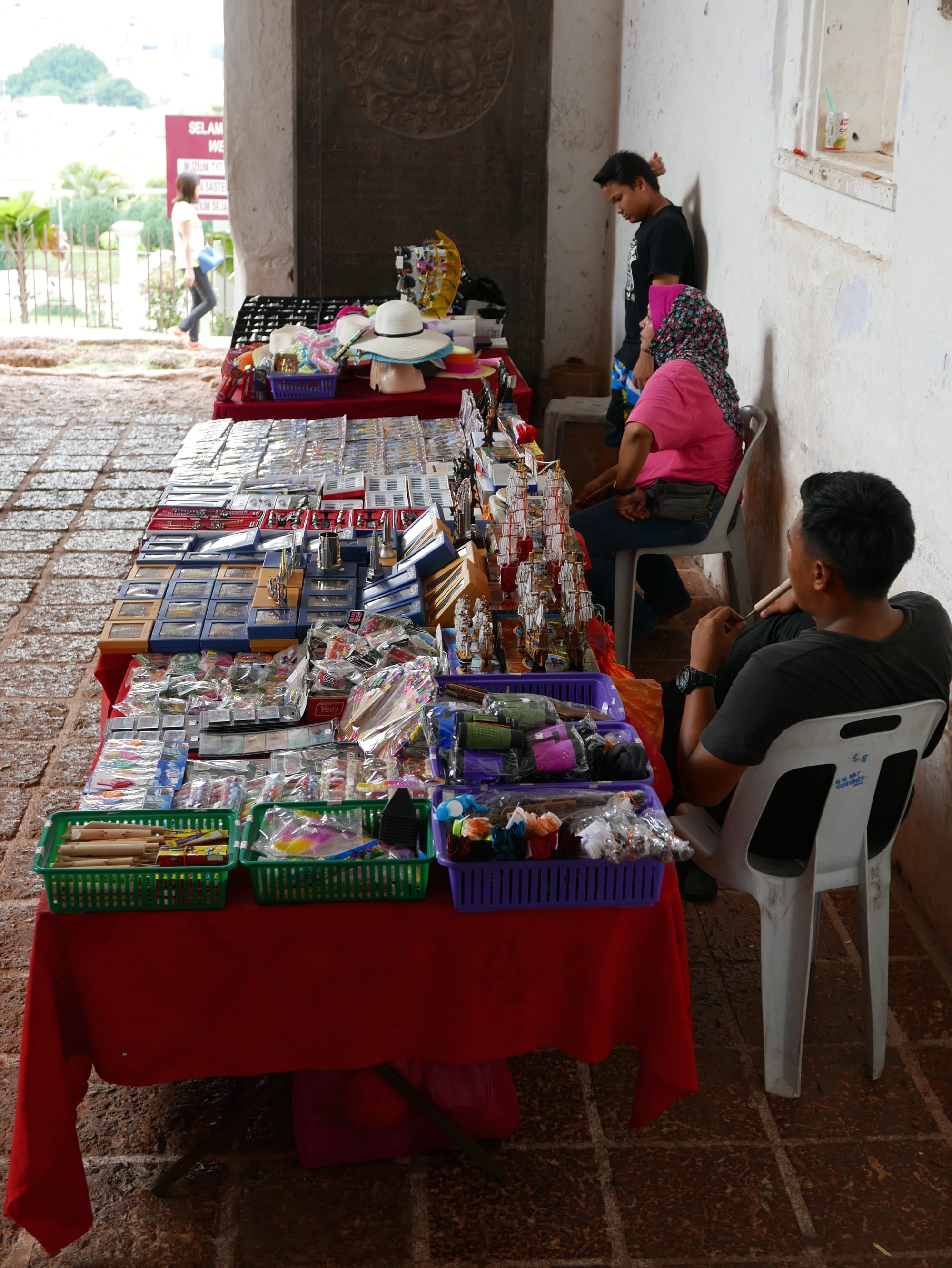
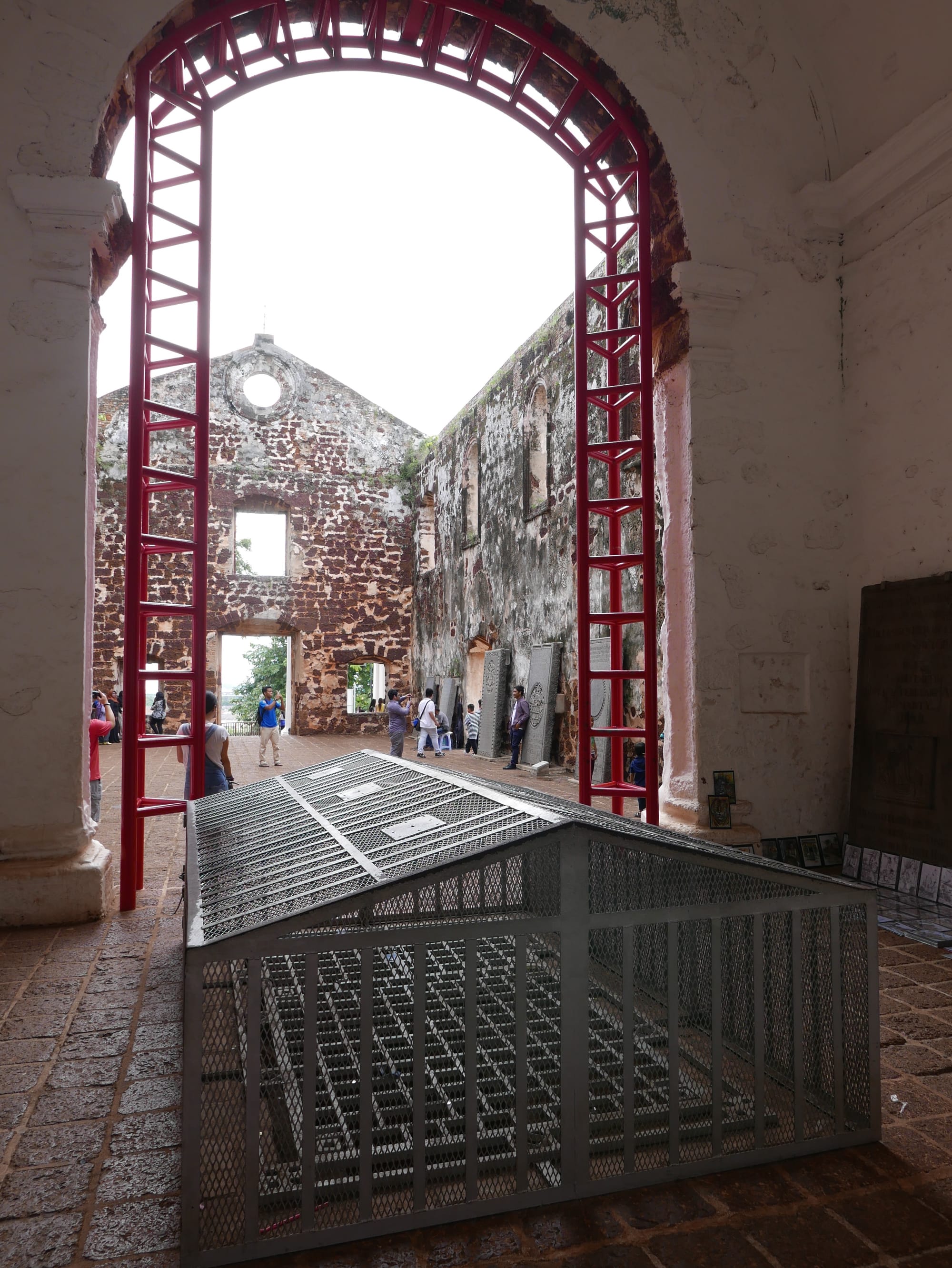

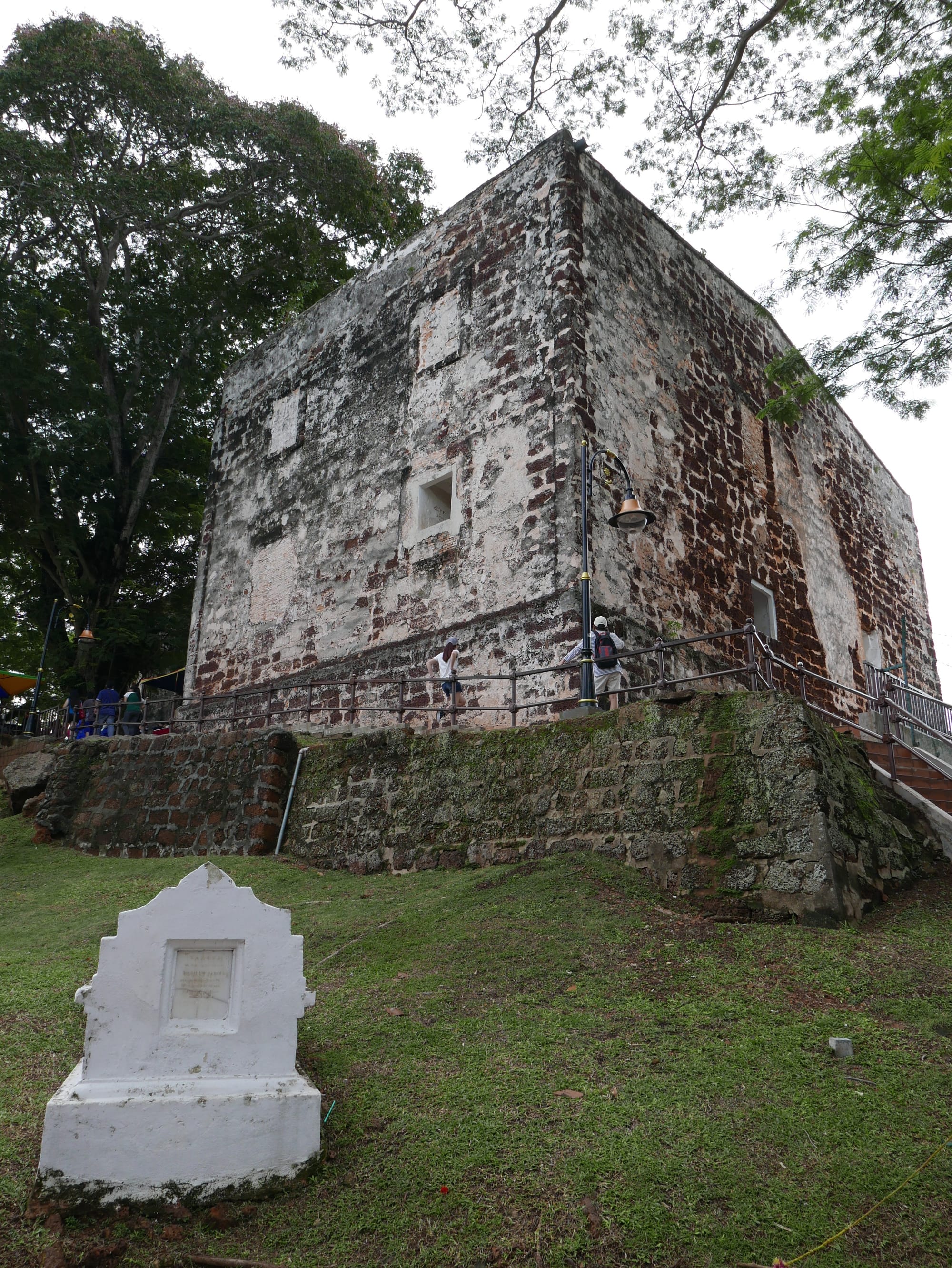
Overall, a very interesting place, especially when you consider the history of the building and the number of times it has changed hands and functions.
St Paul’s Church, Malacca, Malaysia, is certainly worth visiting.
